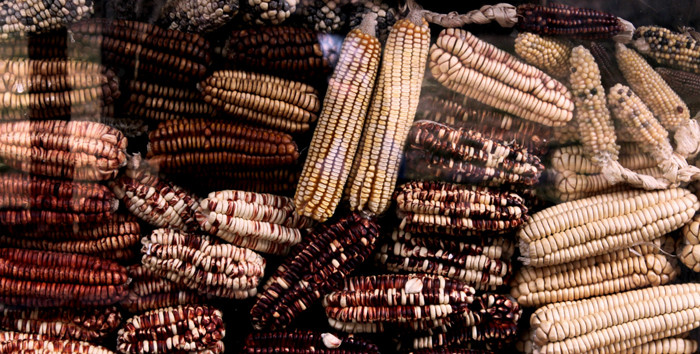How to Design the Best Seasonal Content and Make It Relevant
‘Tis the season! Whether it’s the winter months with Christmas around the corner or peak beach season during summertime, any good content strategy utilizes seasonal content as a way to increase readership. Now it’s time to take that seasonal content to the next level.
A number of brands go all-out with the seasonal content. Surely you’ve noticed a deluge of holiday-related articles before Halloween, Christmas and the other big holidays, right? What most people get wrong with their seasonal content strategies is that they don’t make it particularly relevant to readers. So much seasonal content doesn’t stand out. It gets some traffic, for sure, but it doesn’t give the audience something truly germane to what they’re looking for.
Don’t let that happen to your seasonal content! Here’s how to improve yours. Both you and your intended audience will be grateful when you implement these strategies.
Why Seasonal Content Works
Not all seasonal content is created equally. While a generic holiday greeting or observation about hot weather is enough for some, the most successful strategies go a step beyond those relatively low-effort posts. They involve timely and relevant content that drives growth and increases engagement.

How effective can a seasonal content strategy be? For one example, there’s how this candy company harnessed the power of Easter through relevant seasonal content that doubled traffic during that holiday. A combination of timely blog posts, email blasts and social media is all it took.
However, don’t be fooled into thinking that just a handful of good posts — either on social media or a blog — are enough to turn your seasonal content into something great. There’s a fair amount of time, planning and sometimes luck involved.
Plan it Well in Advance
Lots of content creators can probably admit they’ve scrambled in the last minute to create something seasonal or holiday-related. That’s understandable, as there’s a lot of work to be done and it’s easy to put off something when that time of the year isn’t due to roll around for many months.
Don’t let that happen to you! This year, begin planning in advance what your seasonal content strategy will look like. Here are some things that you might want on your checklist.
- Researching keywords, either for ad buys or for SEO
- Commissioning or creating the needed visuals
- Determining which social media outlets you want to push your message to
- Setting the editorial calendar
As you can see, there’s a lot to do. Starting early — we’re talking a minimum of a few months — will allow you to plan your content in a way that will truly serve your audience. Nobody wants to think of wintertime content campaigns in the start of summer, but doing so will put you in a very good position once the seasons change.
Think Different
Many people try to shoehorn the holidays into their existing content strategies. Go above and beyond that by offering something that’s a little different and a lot more memorable. In the world of advertising, there’s no shortage of schmaltzy ads during the holiday season.


The staid 150-year-old John Lewis department store in the U.K. could have played it safe with all the same holiday archetypes that everyone else churns out annually. Instead, they crafted a memorable advertisement in 2014 about a boy and his pet penguin. The ad was such a hit that their online brand consumption — which includes video views and social media attention — skyrocketed by 903 percent.
It’s easy to crank out holiday-related content, but it’s harder to create something that really makes an impact. To do so, you need to go beyond some season-related puns and deliver something that stands out in a crowded field. The results, as the John Lewis advertisement proved, are worth the effort.
Make the Seasonal Content Useful
The weakest seasonal campaigns are the ones where companies haphazardly try to shoehorn a holiday or time of year into what they already had planned. It’s possible to strike gold with this approach, but it rarely makes an impact.
What does work for seasonal content is something that’s been designed from the ground up to be useful and relevant. The Home Depot hardware chain does this simply yet effectively with their holiday-related DIY articles. This is the perfect combination of content that’s highly relevant to their handy, DIY-loving customers while simultaneously showing off Home Depot’s products.
Airbnb also makes the most of holidays and special events. Their blog highlights — among other things — the best places to stay during the New York City Marathon. This content is both highly relevant to customers and also quite sharable. It’s also not particularly labor-intensive, as it’s based on existing content on their site.
Some other types of seasonal articles that can be useful to readers include:
- Shopping lists
- Reading lists
- Fashion guides
- Retrospective articles on anniversaries
Aim High
Author Stephen King says somewhat pessimistically that, “you’re only as good as your last book.” In a way, that could be applied to content strategists and marketers planning a seasonal campaign. Even if you nail one campaign, the half-life for that seasonal content is relatively short. Once that campaign winds down, you should already be planning another one.
It’s a constant process involving long-range planning mixed with some trial and error. However, odds are good you’ll see success as long as you go above and beyond with your planning by making the content as relevant as possible.
